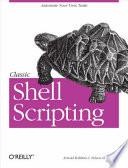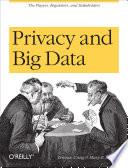
App Inventor
Yes, you can create your own apps for Android phones—and it's easy to do. This extraordinary book introduces App Inventor for Android, a powerful visual tool that lets anyone build apps for Android-based devices. Learn the basics of App Inventor with step-by-step instructions for more than a dozen fun projects, such as creating location-aware apps, data storage, and apps that include decision-making logic. The second half of the book features an Inventor's manual to help you understand the fundamentals of app building and computer science. App Inventor makes an excellent textbook for beginners and experienced developers alike. Design games and other apps with 2D graphics and animation Create custom multi-media quizzes and study guides Create a custom tour of your city, school, or workplace Use an Android phone to control a LEGO® MINDSTORMS® NXT robot Build location-aware apps by working with your phone’s sensors Explore apps that incorporate information from the Web Learn computer science as you build your apps
- ISBN 13 : 1449308651
- ISBN 10 : 9781449308650
- Judul : App Inventor
- Pengarang : David Wolber, Hal Abelson, Ellen Spertus, Liz Looney,
- Kategori : Computers
- Penerbit : "O'Reilly Media, Inc."
- Bahasa : en
- Tahun : 2011
- Halaman : 386
- Halaman : 386
- Google Book : http://books.google.co.id/books?id=2JSgC8tWRjsC&dq=inpublisher:O'Reilly&hl=&source=gbs_api
-
Ketersediaan :
Yes, you can create your own apps for Android phones—and it's easy to do. This extraordinary book introduces App Inventor for Android, a powerful visual tool that lets anyone build apps for Android-based devices.









